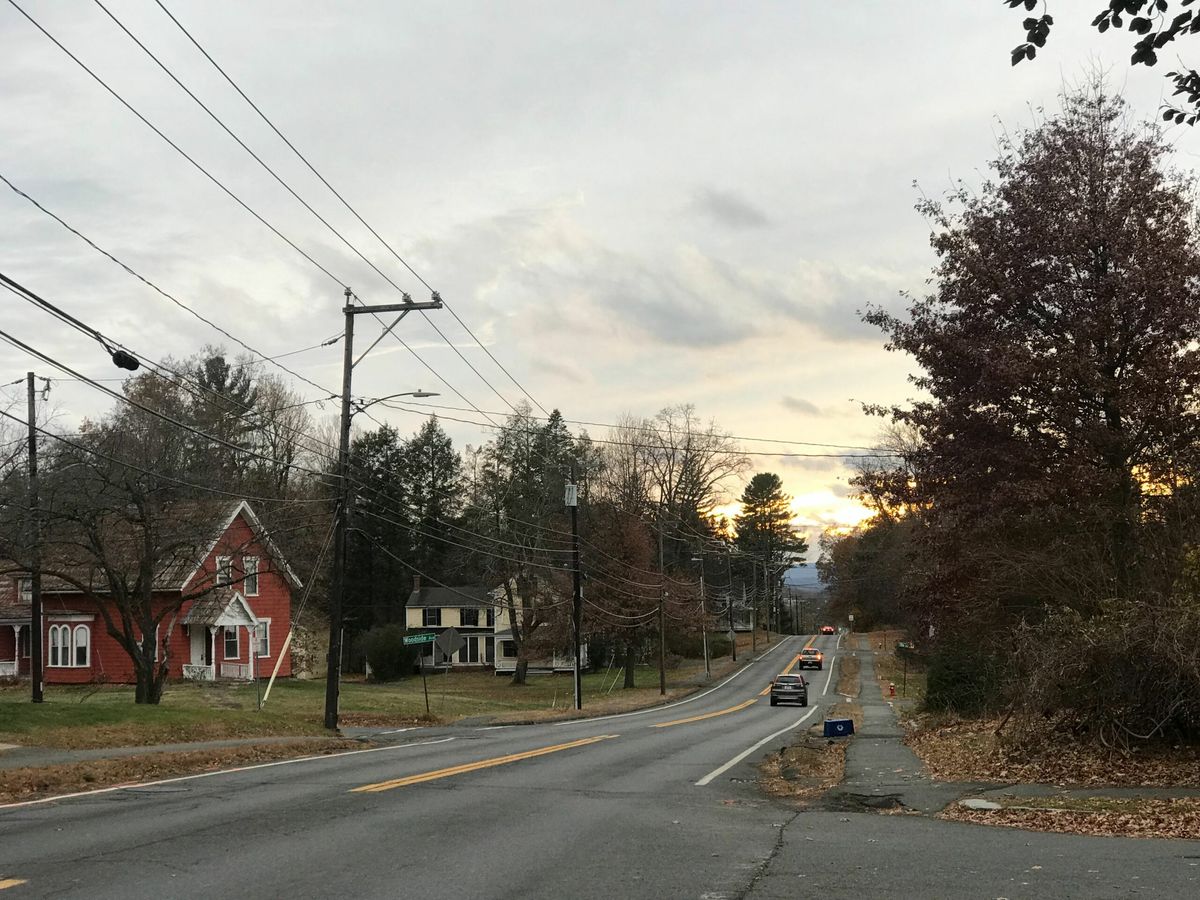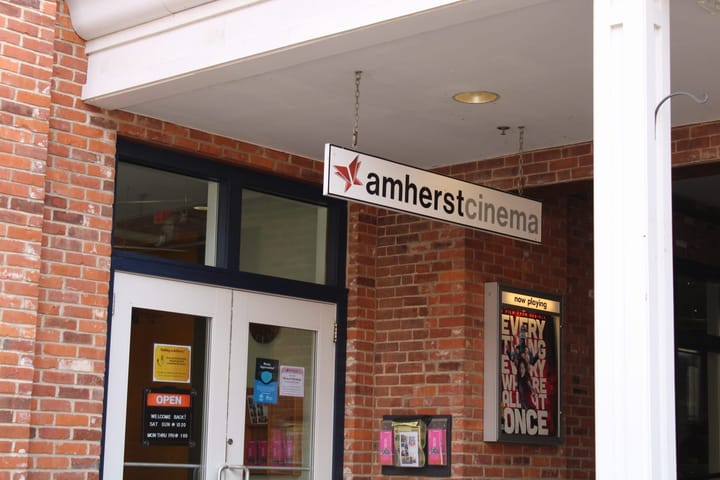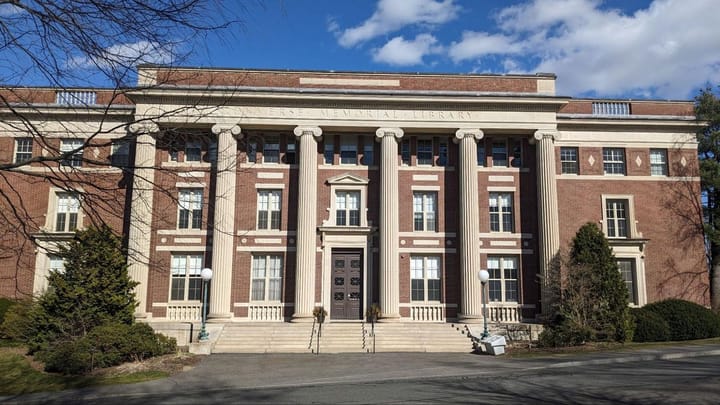Nearby Affordable Housing Unit Planned Despite Pushback from Professors

Plans are underway for the development of a new affordable housing unit at 132 Northampton Road, a building adjacent to Pratt Field. The project, which will house 28 low-income and homeless individuals from the town of Amherst, has garnered mixed opinions from the neighborhood’s residents, some of whom are affiliated with the college.
This past July, the town council of Amherst voted to provide $500,000 in community development block grants to the project, currently in development by Valley Community Development Corporation (Valley CDC). Valley CDC is a Northampton-based organization that supports low-income people in the Pioneer Valley with affordable housing and other economic opportunities.
Under the approved plan, the project will begin construction in 2021. The site next to Pratt Field, a single-family home that will be converted into a single-room occupancy (SRO) complex, will be Valley CDC’s first location in Amherst.
According to Laura Baker, real estate project manager at Valley CDC, the Town of Amherst has been considering a project of this sort for over a decade. “The town has been identifying the need for this kind of housing — these kinds of small, studio apartments for very low-income and vulnerable populations — for maybe the last 12 to 15 years,” Baker said.
Lack of affordable housing is a pressing issue in the town of Amherst, a result of its booming college-aged population. According to an October article by Quinn Breen in the UMass student publication Amherst Wire, over 16,000 UMass students live off campus. The town’s population comprises nearly 38,000 people. Amherst College also offers an application for students who wish to move off campus, though approval rates vary each year.
“Where does affordable housing go, and why are rent prices so high? It’s a big question, but part of the answer is that low-income Amherst residents compete with a major demographic in the housing market: college students,” Breen writes. His article was shared 62 times on Facebook.
Breen isn’t wrong, Baker said; the housing market in a college town poses challenges when choosing a property for a SRO complex.
“There are a lot of credit-investor landlord types looking to buy single-family properties and convert them to student housing, because it’s lucrative and there are a fair number of cash buyers,” Baker said. “It was a challenging market to buy into because we’re competing with people who can move faster than we can.”
The location across from Pratt Field is optimal, Baker said, noting its access to the center of town and nearby grocery outlets. “Most of our tenants will be walking or biking or using buses, so we really prioritized having a location close to things and ideally [for tenants] to be able to walk to things,” Baker said.
The site’s proximity to the college is a particular benefit to tenants, Baker added. While the site is farther from the center of campus, the athletic fields are another amenity for residents.
“We know that people from the neighborhood are permitted to use the field. It’s usually pretty quiet there, except when there’s a big game,” Baker said. “We thought there could be some really positive interactions with students who might want to volunteer.” Such opportunities include tutoring tenants for the GED and hosting a housewarming event at the site to connect tenants with the surrounding community, Baker said.
Yet, the site’s adjacency to Pratt Field is a point of contention for some of the neighborhood’s residents. In a letter to Town Council drafted in May, 56 of the area’s residents expressed concerns that “the Pratt Field complex is currently open to the public for recreation when not in use for college events, and our research has identified that the project will most likely result in the closing of this recreational area to public access.”
Concerns from the neighborhood residents include a presumed increased crime and substance abuse from the site’s tenants. Drawing from statistics based on Valley CDC’s other SRO properties, the letter claimed that the Amherst site would yield 64 dispatch calls a year, with issues ranging from disturbances and criminal behavior to medical needs.
“A few of us are Amherst College professors, and we contacted college officials to determine what might happen if there are problematic incidents between the SRO and Amherst College students,” the letter continued, outlining “problematic incidents” as encounters with and proximity to potential drug users. “The college responded that they would shut down the athletic fields to public access.” The letter did not specify which officials were contacted. When asked in May, the college refused to offer public comments about the project, according to the Daily Hampshire Gazette.
Chief of Campus Operations Jim Brassord disputed the letter’s contents. If the property is abused in any way, the college limits access to athletic fields. This procedure is longstanding, he said. He does not anticipate that the college will need to close the fields to the public.
Valley CDC also has a “solid record” of serving its tenants, Brassord noted.” “The organization has strong relationships with community partners [like social workers and other community-based organizations] that provide the range of services to help their tenants succeed in their new circumstances,” he said in an email interview. “While the Valley CDC properties serve low-income tenants who rely more on public services than the general population, it’s not clear — as some community members have voiced concern — that low-income or near-homeless status necessarily translates to crime or substance abuse that is a public safety threat to the surrounding community.”
“It should be also noted that this property will also potentially serve the needs of college staff who wish to live near the college but are unable to do so because of the lack of affordable housing,” he added.
Several of the college’s faculty members have signed on to the letter or submitted their own to the town council — signatories include Dean of New Students Rick Lopez, Professor of History Sean Redding, Chair of French Laura Katsaros, Chair of Art and the History of Art Samuel Morse, Professor of Physics William Loinaz, Visiting Professor of Classics Dale Sinos and Professor of Biology Jeeyon Jeong.
Chair of Classics Rebecca Sinos submitted her own letter in addition to signing onto the letter representing the 56 residents.
“Children come to the Amherst College fields regularly, sometimes from the childcare center that is just beyond the adjacent bike path, on Woodside, and sometimes just because people find these fields and their walkways a good place to push a stroller while another child toddles along,” Sinos wrote. “And even if the college closes the fields and restricts entry to those affiliated with Amherst College, the college athletic events themselves attract families with children who should not be exposed to this potential hazard. Is it fair to expect Amherst College groundsmen to deal with needles on the Amherst fields as a regular part of their job?”
Katsaros wrote that while she supports low-income housing, Valley CDC should implement better supports for the site. “I wholeheartedly agree that the lack of affordable family housing in our town should be one of the key priorities of the town government,” Katsaros said. “As you know, in the current project, a manager would be present on site 20 hours a week only; no medical, social or psychological support would be provided for the residents in the 10 allocated units who are transitioning from homelessness or the residents in the two units who are under the care of the Department of Mental Health. I believe providing more consistent on-site support for residents would be a good way to move forward.”
Professor of History and American studies Frank Couvares submitted a letter to the town council in “strong support” of the project. “The track record of facilities like this for clients like [formerly homeless or housing secure persons] is very good,” Couvares said. “Our town has long needed such a residential project, and I am very glad that the funding and a suitable site are available.”
Baker isn’t surprised, however, by the divides on the project. “What we find generally is that people love the idea of affordable housing, but they get pretty nervous if you’re going to build it near them,” Baker said.





Comments ()